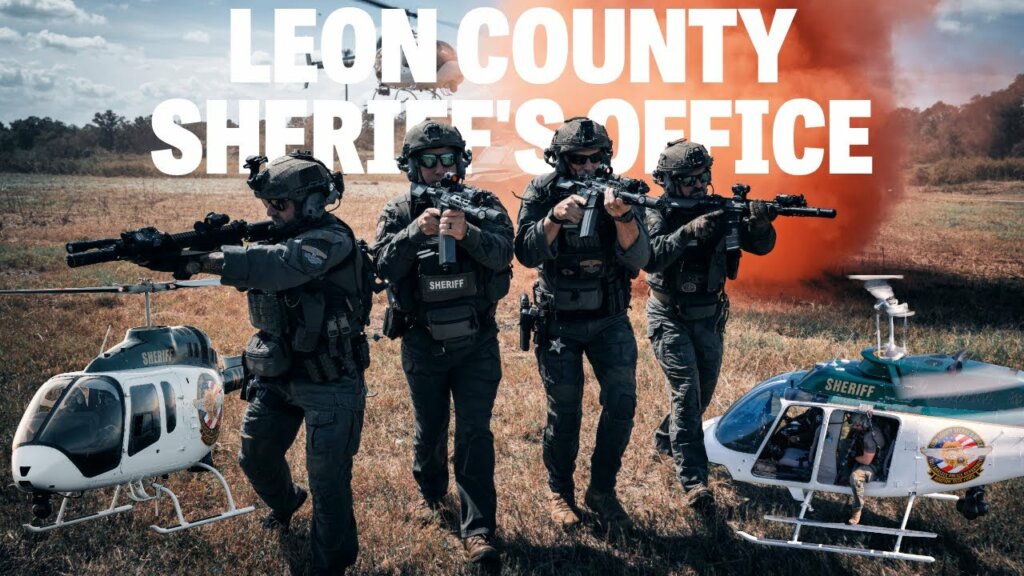On day 2 of international mobility summit Electronomous, Pamela Cohn, Hyundai Motor Group’s chief operating officer for urban air mobility (UAM), laid out the automaker’s plans for air taxis to become an affordable element of multi-modal city travel.

The term “democratization of flight” is how Cohn explained the company’s vision for the nascent mode of transport. Last year, Hyundai announced plans to invest $1.5 billion in UAM over the next five years, forming a new division. As part of the automaker’s diversification strategy, Hyundai Motor chairman Chung Eui-son aims for UAM activities to make up 30 percent of the company’s revenue, with 50 percent from automobiles and the remaining 20 percent from robotics.
Cohn expects we will see the first UAM aircraft in operation by the mid-2020s and that by early next decade, these aircraft would see day-to-day use by commuters. Hyundai, for its part, plans to introduce its S-A1 air taxi by 2028, with a cargo UAM aircraft in operation two years before that. Hyundai is a vehicle partner for Uber’s Elevate ecosystem and will conduct trials with Incheon International Airport Corp, Hyundai’s engineering and construction division, and KT Corp, in pursuit of UAM commercialization in South Korea.

Asked whether she expected full autonomy to be part of Hyundai’s initial plans, Cohn said the company’s passenger aircraft will have that capability built-in, but does not expect its use will be certified from the outset. As with most other UAM operators, their first aircraft will have an onboard pilot.
The emphasis on affordability was a constant in the presentation; when asked what Hyundai would consider an affordable price for a 20-minute eVTOL trip, Cohn declined to offer a dollar amount, but said she expected these trips to be affordable on a “regular basis to medium income” earners. Cohn added that UAM will be a way of connecting those “stranded on the edge of opportunity.” While Hyundai views government and city administrations as important strategic partners, Cohn expects that private financing will be the main driver.
Cohn described the players in the UAM ecosystem as part of three broad categories: mainstream aerospace manufacturers, well-versed in building and certifying aircraft; startups, who are agile but may lack infrastructure support and experience, particularly in liaising with authorities; and automotive manufacturers.
While Hyundai falls squarely into the third category, bringing an innate pedigree in manufacturing and supply-chain management required to ramp up unit production while controlling costs, Cohn said the company incorporates elements of the other two by attracting the proper talent.









The scope of the development needed to create and certify these aircraft and the required infrastructure needed to power and support them will be amortized into their hourly rate and that is supposed to be cost effective against helicopters ?
Seems like the same hype like VLJ aircraft had a few years back.
You are part right, with the certification process globally EASA and FAA, but there is a big difference: the thousands of components needed to certify a helicopter cannot compare to an EVTOL, I would guess, with the experience gained in the certification process internally in EASA and FAA, Engineering and materials, I guess the process will be easier, faster and Cheaper than traditional Helicopters, plus the future on Hydrogen cell propelled generators will make a huge difference. Of course every means for transportation have to be amortized my the user.